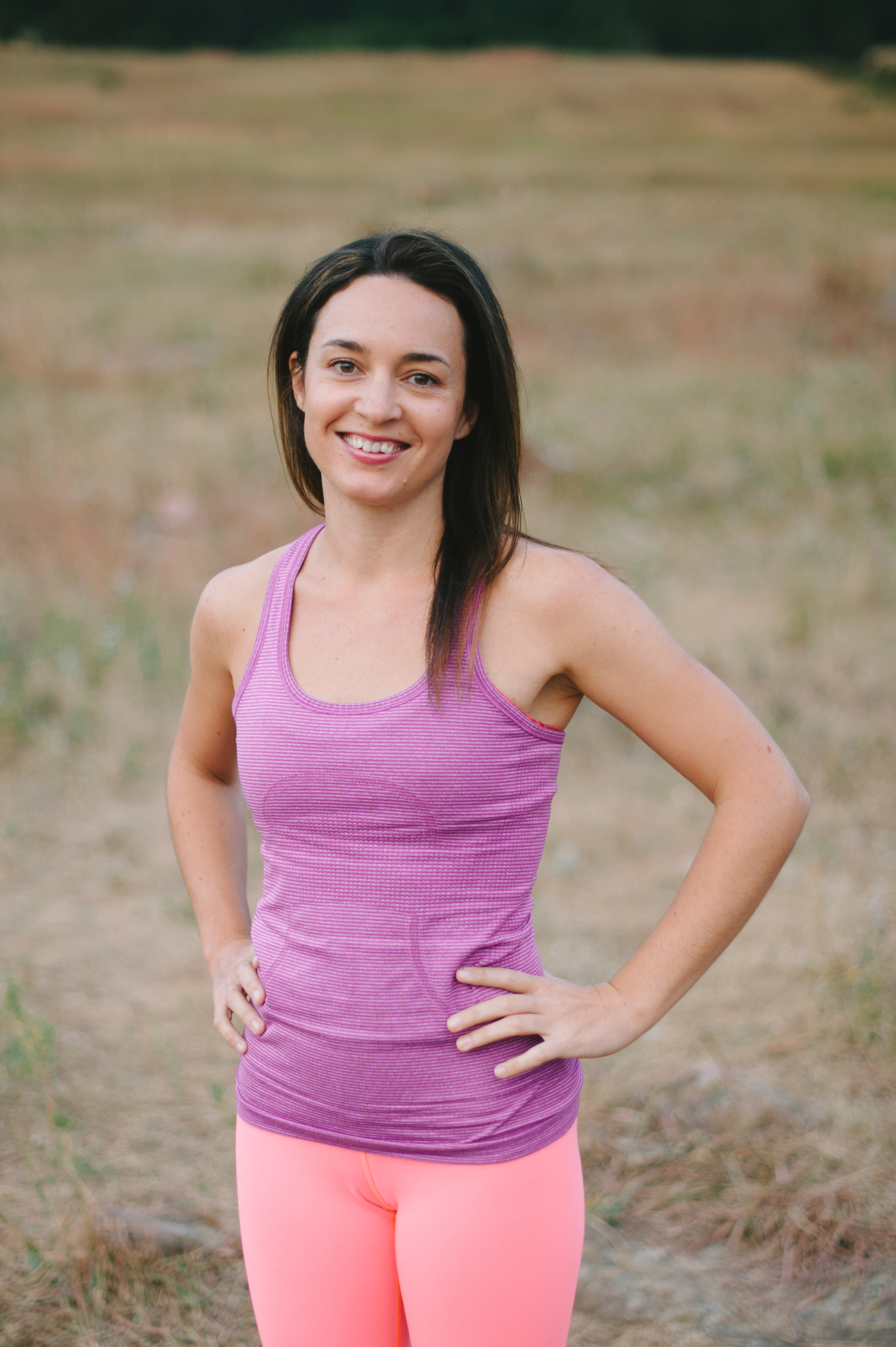“It is all going to go to sh*t at some point”: 6 tips from ultra runners Keri Wallace and Kirsty Reade for setting a rewarding running challenge
From going big to bailing out, these accomplished ultra runners outline their best tips for staying safe and having fun when you’re going the distance
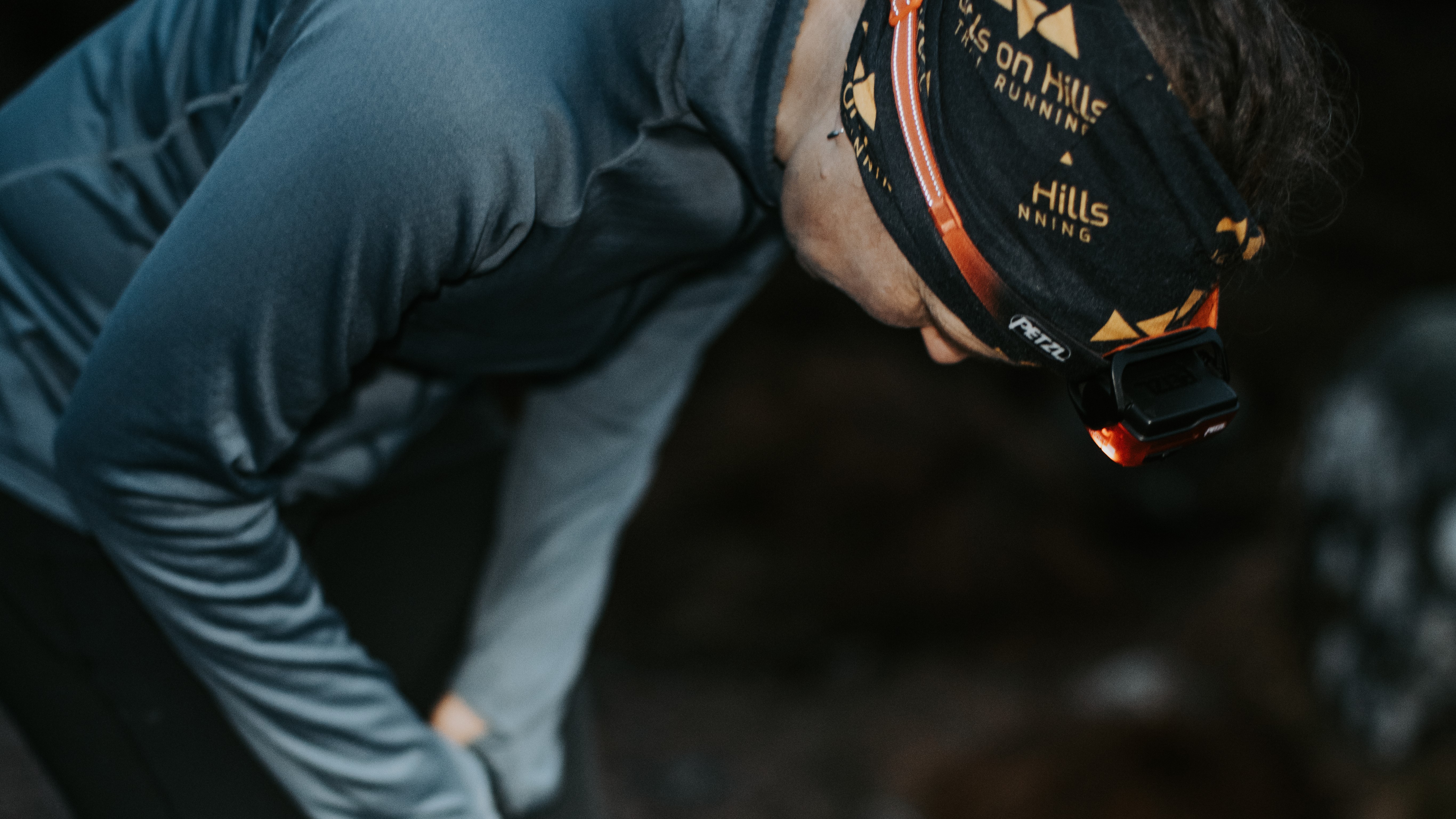
Ultra runners Keri Wallace and Kirsty Reade aren’t exactly shrinking violets in the face of doing hard things. Wallace, co-founder of Girls on Hills, has set multiple women’s Fastest Known Times on iconic UK mountain rounds, including the West Highland Way and Tranter's Round, both in winter. Reade has taken on some classic long-distance races, including the gruelling 330k Tor de Geants, Arc of Attrition and Northern Traverse. So you might think that Wallace’s new book, Running Challenges, for which Reade was Commissioning Editor, is all about running over gnarly terrain and epic distances. But you’d be wrong.
“The idea was to try and make it as accessible as possible rather than thinking of running challenges as something that you had to be a super awesome runner to do,” says Wallace.
A running challenge, according to the book, “involves an effort (often a struggle) which advances us in some way, whether that be physically, emotionally or spiritually.” But what that ultimately looks like varies from person to person, and the book outlines everything from 5k runs, to big mountain rounds and long-distance bucket list trails.
“If you do any running, like any steps that are technically running, it’s a running challenge. So don’t worry if you have to do loads of walking or if there’s a bit of biking in there. If you look like you’re a runner and you’ve got running shoes on, it’s a running challenge,” laughs Wallace.
If you're thinking of doing something new this year, the duo recently came together at the Fort William Mountain Festival in the Scottish Highlands to share their best tips to help you set yourself a successful and rewarding running challenge this year.
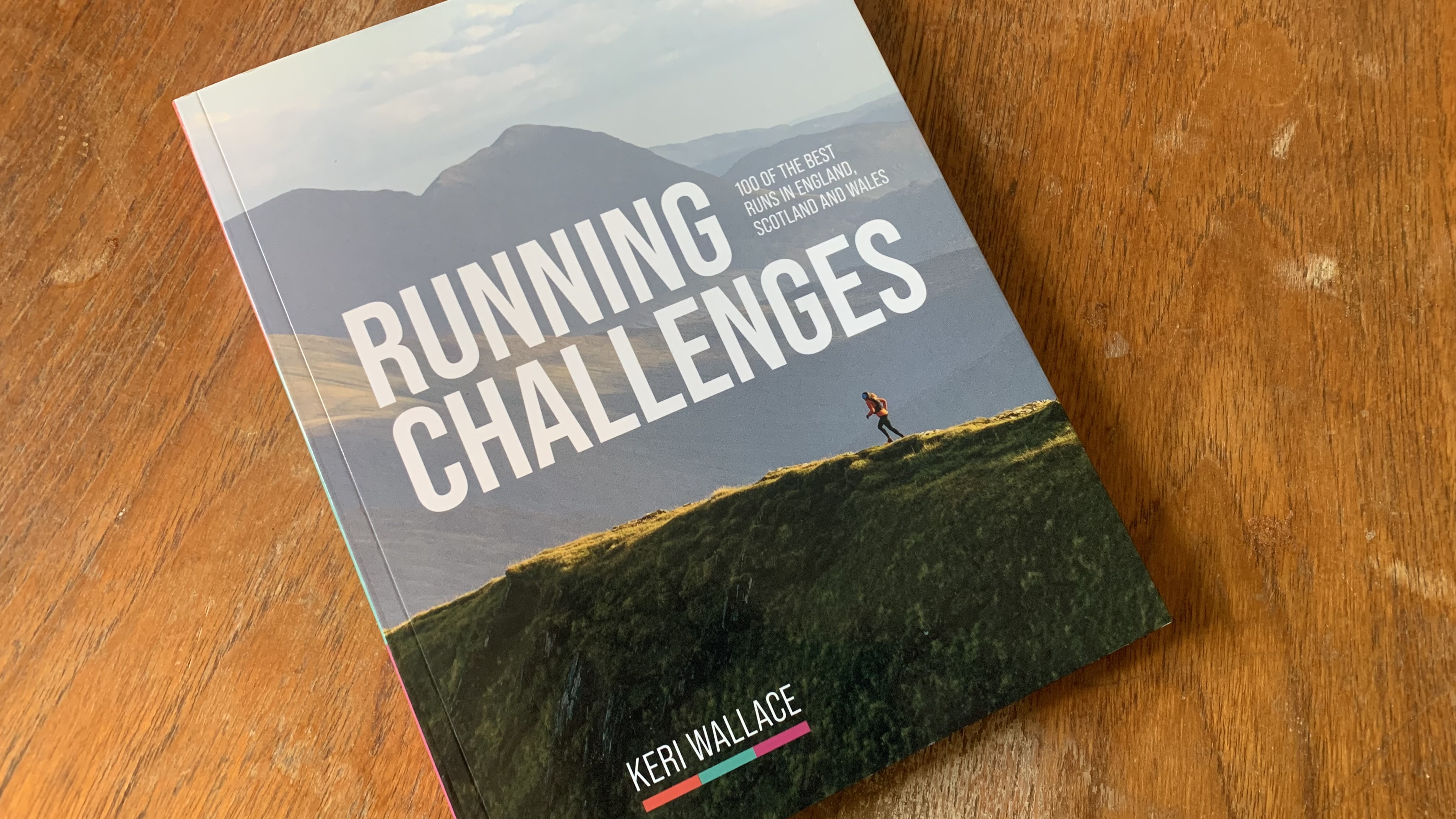
1. Figure out your style
First up, you need to figure out not just what you want to do, but how you want to do it. Some challenges are centered around extreme speed, where you’re running with a full support crew carrying all your gear and trying to set a Personal Best or even FKT. These challenges are all about delivering your absolute best performance, and mean you can move fast and light, carrying minimal gear beyond what you can fit in your running vest. They may also require more logistical planning and expense.
Then there are solo challenges, where you’re entirely self-reliant, and you might not be paying much attention to your pace.
Advnture Newsletter
All the latest inspiration, tips and guides to help you plan your next Advnture!
“These tend to be less about getting the best performance out of your body and more about multi-faceted experience and adventure, or maybe just proving to yourself that you’ve got the skills or resilience to do this off your own back,” says Wallace.
While these challenges can be very adventurous, they also mean you're carrying more kit – possibly a sleeping bag and bivy sack as well as standard items like your running jacket – and at a certain point, Reade cautions, the amount of kit you’re carrying will start to slow you down and you might find yourself hiking more than running. That's not necessarily a problem, but it is something to keep in mind as you start to formulate your plan.
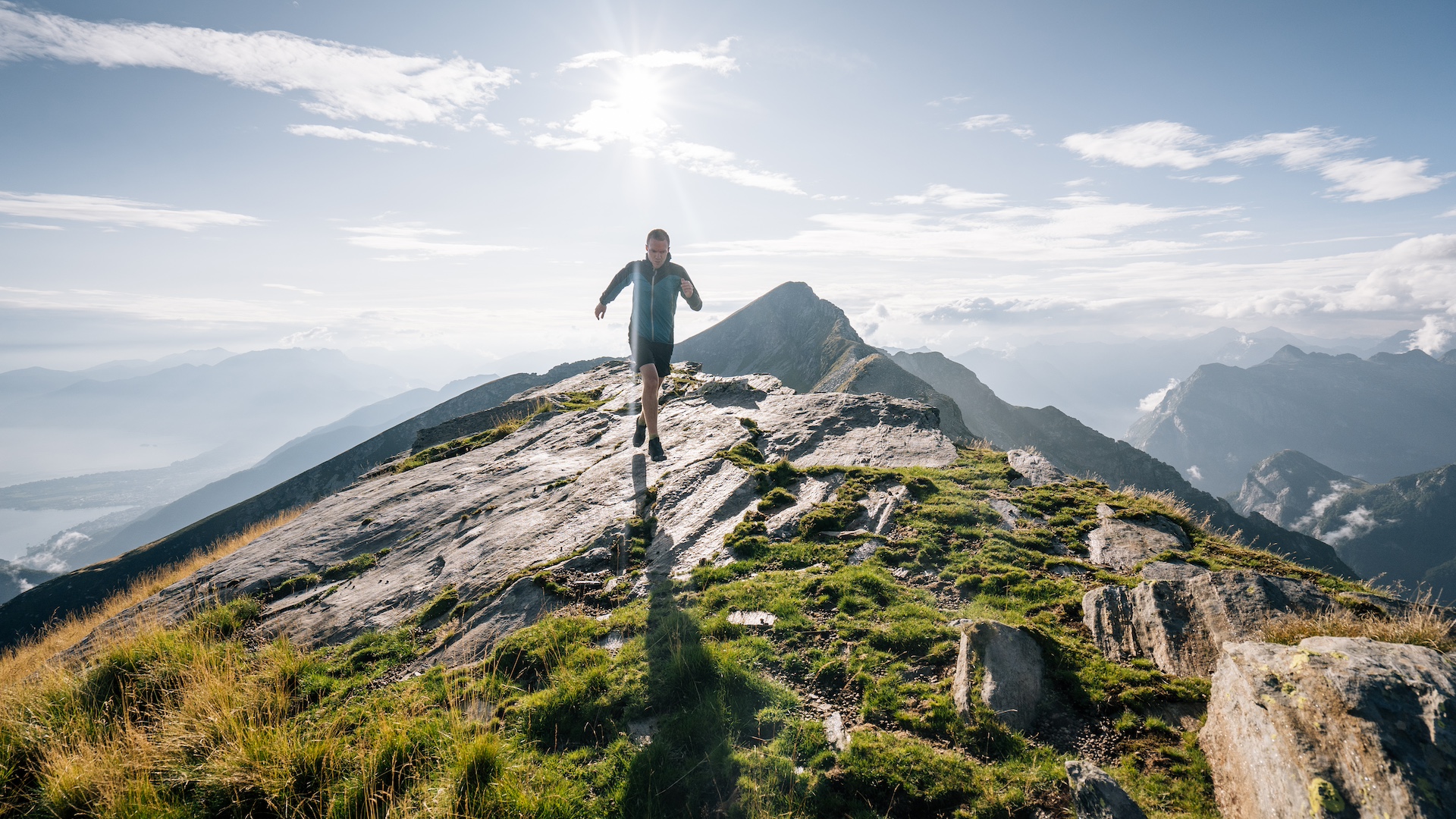
2. Relish the recce
You may have been dreaming about the day you finally get your feet on the Tour du Mont Blanc or Appalachian Trail for years, but don’t let the desire to finally get started mean you miss out on all the crucial planning and preparation.
For Reade, half the fun lies in pouring over maps and working out timing, something she says modern technology like GPS watches might allow you to largely skip over.
“It isn’t about just downloading the GPX file to your watch and then going off and doing it,” says Reade. “I think there’s just a lot more joy in the fact that you planned it yourself around exactly what you want to do.”
Beyond understanding the topography of your route, you’ll need to know where you can sleep and refuel. Depending on where your adventure is taking you, you might need to check on train timetables and, in some spots, even ferry timetables to ensure you don’t have to ride out the night somewhere unexpected.
“There’s just so much that can spoil your fun if you haven’t done your research and you run out of food and you’ve still got seven hours to go then you’ve got nowhere to sleep,” says Reade, pointing out a friend who accidentally found himself attempting the Tour du Mont Blanc on the same day as the UTMB due to a lack of research.
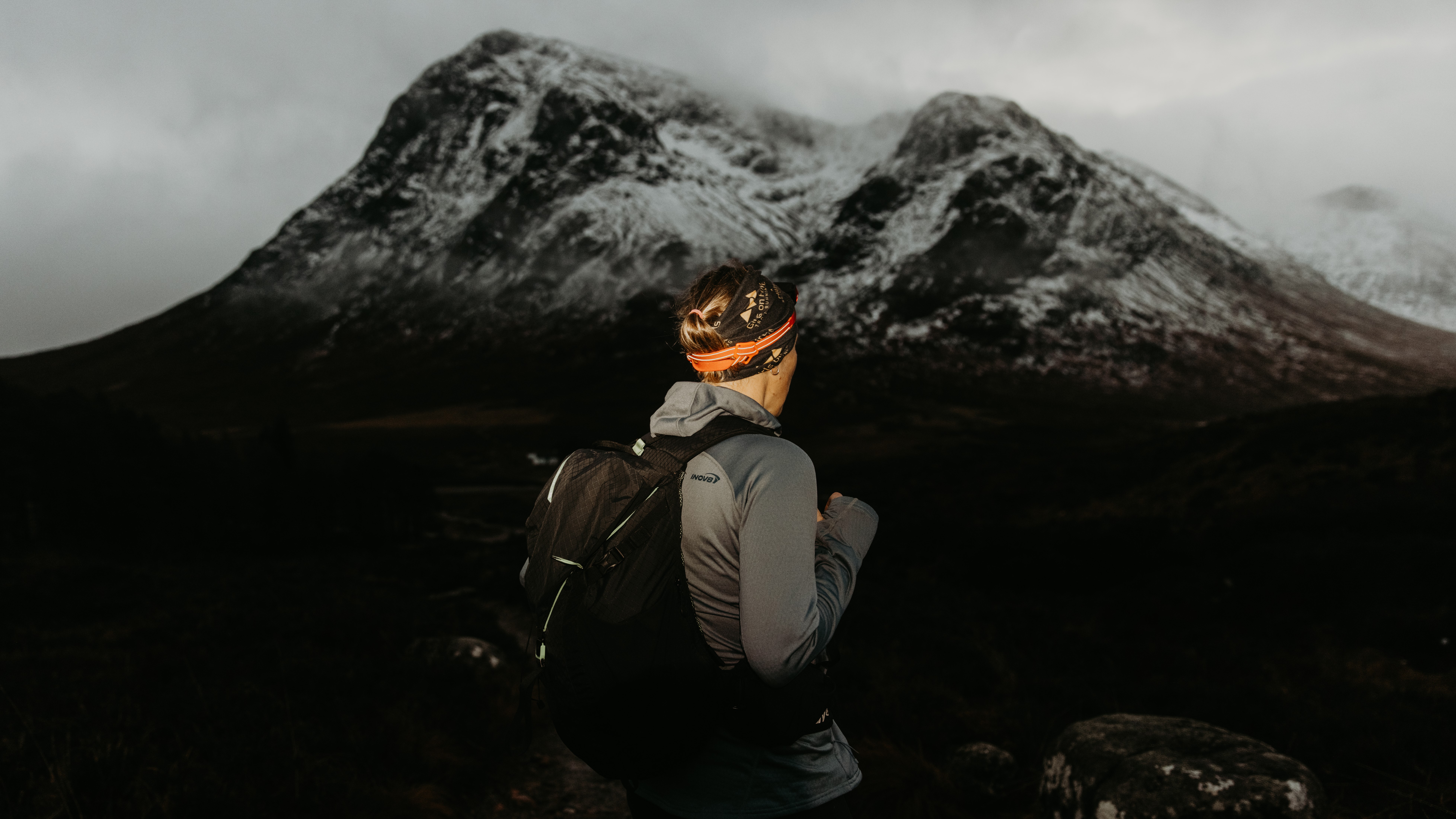
3. Balance ambition with fun and comfort
A running challenge, by definition, involves a bit of suffering, but that doesn't have to be the whole story. Reade warns that it can quickly become “a miserable experience” if you develop blisters or the weather isn’t on your side and every piece of kit you have ends up soaked through.
There may be times when you have to just dig in, but make sure you also balance misery with some fun and comfort on the trail, whether that’s stopping for a hot meal or having friends meet you along the way with a car full of tasty treats.
“I’m really embracing the use of cafés in my running these days,” says Reade. “I just think we put a lot of pressure on ourselves as runners to undertake the most brutal challenge, but there’s so much joy to be had.”
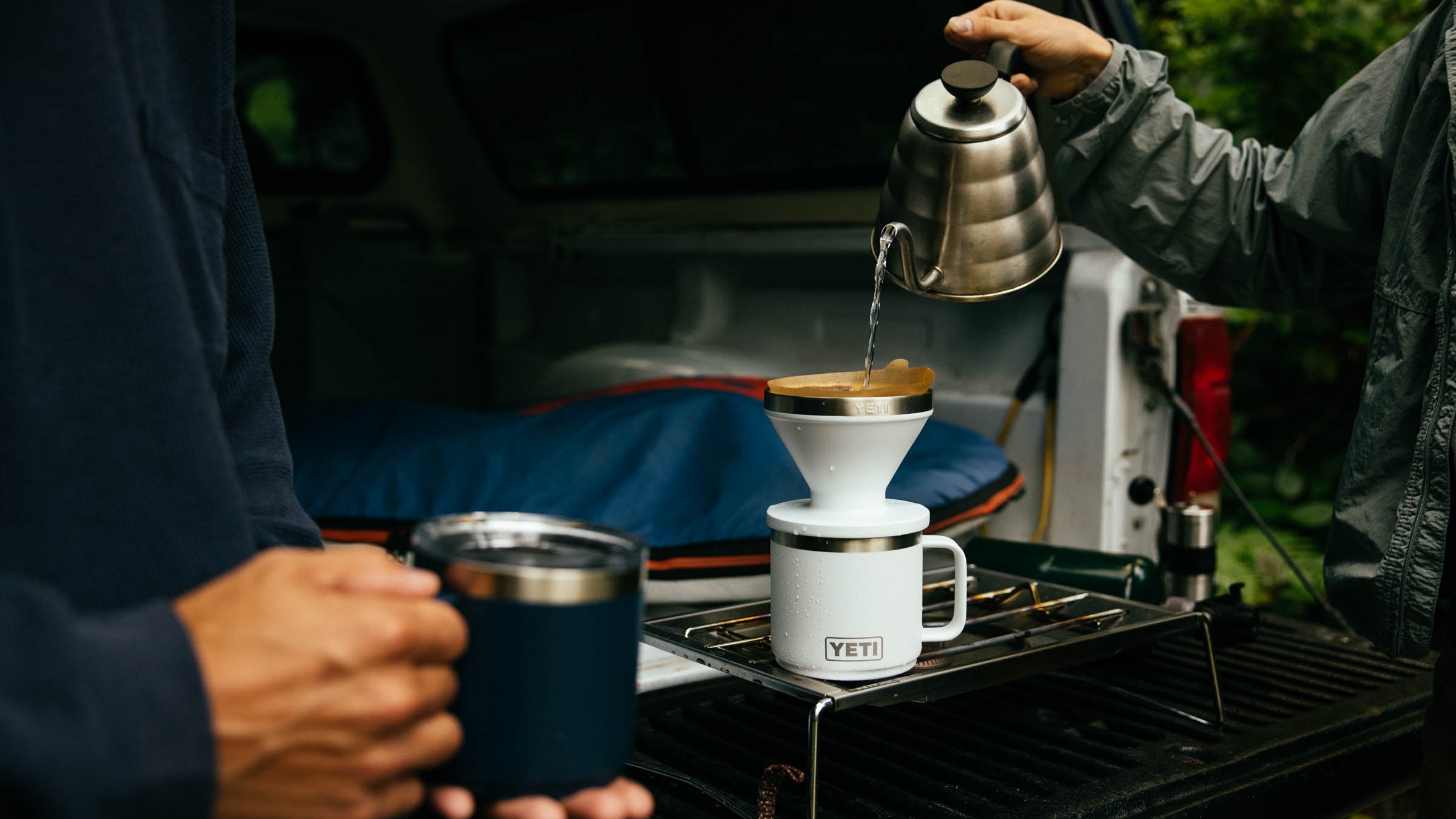
4. Have a plan B. And a plan C. And a plan D
When you’ve spent months planning and training for a running challenge, the thought of not completing it can seem unbearable, but both runners say that if they’ve learned one thing from their adventures, it’s that it’s okay to pull the plug.
“It is all going to go to shit at some point,” says Reade matter of factly. When she was on day two of a three-day, 100-mile run along the UK’s Pennine Way, she realized that she wasn’t having fun at all. But she also knew she could bail out after 20 miles and head to her hotel for a nice nap and a shower. So she did, and then picked the challenge back up on day three.
A hitch in your wagon could be non-stop rain, knee pain, or your support crew dropping out – whatever it is, you’ll do best to have a backup plan or two.
“Even if you don’t have any injuries, you feel strong, you have a great plan – know your bail out option.”

5. Make yourself accountable and invest big
Bailing out might be okay, but if it's something you want to avoid, Wallace suggests investing big. As a younger runner, she made a plan to do what’s known as the UK Big 3: the Bob Graham Round, Paddy Buckley Round and Charlie Ramsay Round. That’s nearly 200 miles and 113 summits in Scotland, England and Wales – and she wanted to do it over 10 days, solo and self-supported.
“I definitely didn’t know if I could do it,” says Wallace.
So, she decided to use her challenge to raise money for charity. When the time came, the weather was “absolutely appalling”, with no visibility, strong winds and hail, and she says she would have bailed out, but she felt accountable to her donors and supporters.
“I’d definitely bitten off more than I thought I could chew at that point, but being accountable to other people and the charities and the investment that I’d made in it made me get out there and start it.”
Wallace stresses that you don’t have to do a running challenge for anyone but yourself, but dedicating it to someone else can make the difference between getting started and not. In her case, once she got going, she realized she could do it after all. It’s also smart to invest big, whether that means money, time, or energy.
“You kind of have to really put your heart and soul into these things if you’re going to get the rewards at the end.”
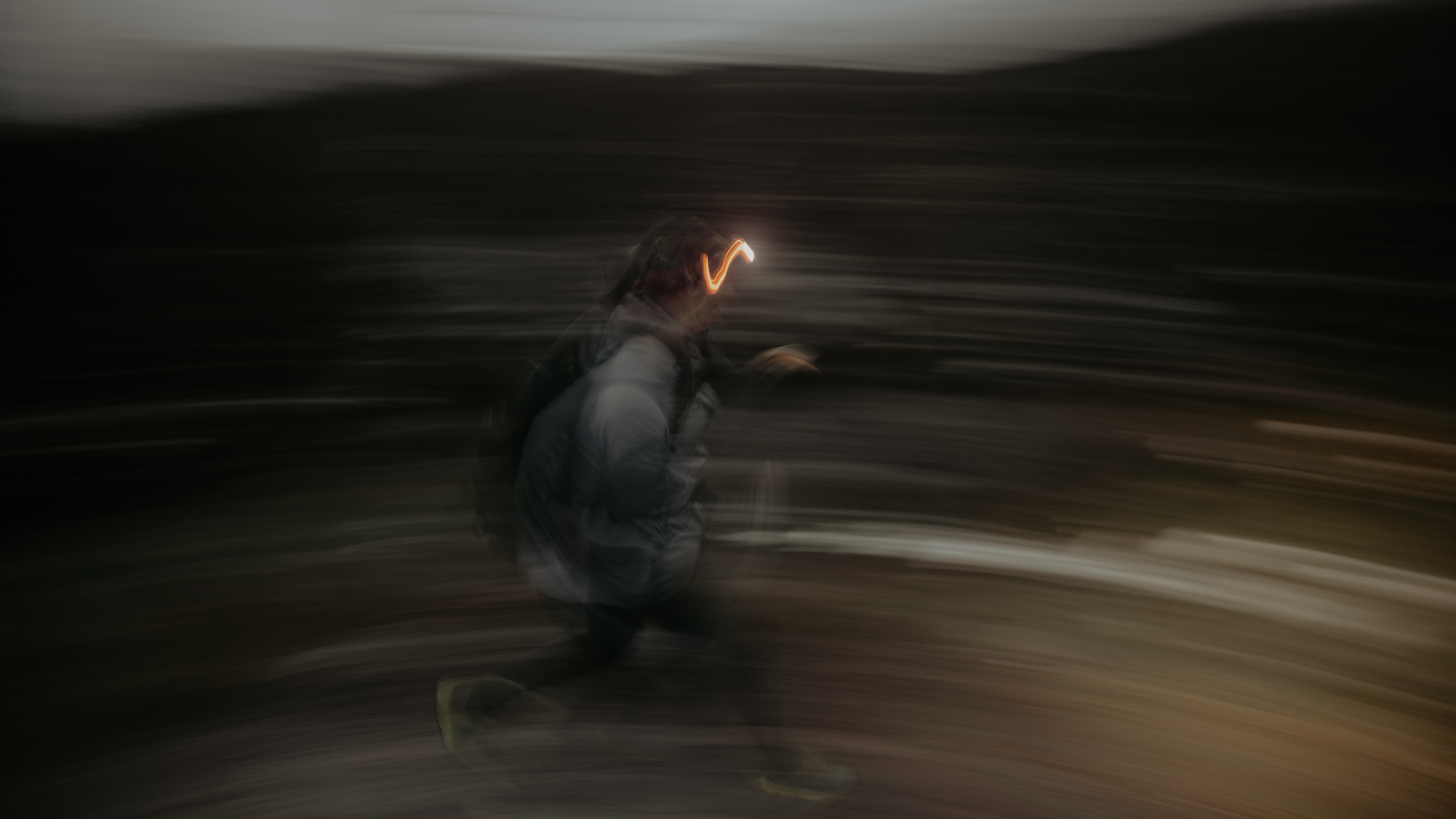
6. Enter the unknown – even when it’s scary
What a running challenge looks like can take many shapes and forms, but according to Wallace, it's only really a challenge if you don’t truly know what the outcome is going to be when you set out. Sometimes, that means you don’t know if you can finish within the cutoff time, but it could also mean you don’t know if you can finish at all – it took her five attempts and four years to complete her winter Tranter’s Round, a circuit of 18 Munros in the Highlands of Scotland. But she says it was that unknown element that made her keep coming back for another go.
Years later, she decided to push herself once again, this time by tackling a longtime fear of the dark. In December 2024, Wallace ran the 96-mile West Highland Way in the dead winter, when Scotland sees about 17 hours of darkness each day, completely alone.
“It felt like a bit of an irrational fear. It shouldn’t physically stop me, but mentally it was really a barrier to me so I wanted to tackle that.”
After all, as Wallace says, if you already know you can do it, is it really a challenge?
Julia Clarke is a staff writer for Advnture.com and the author of the book Restorative Yoga for Beginners. She loves to explore mountains on foot, bike, skis and belay and then recover on the the yoga mat. Julia graduated with a degree in journalism in 2004 and spent eight years working as a radio presenter in Kansas City, Vermont, Boston and New York City before discovering the joys of the Rocky Mountains. She then detoured west to Colorado and enjoyed 11 years teaching yoga in Vail before returning to her hometown of Glasgow, Scotland in 2020 to focus on family and writing.
